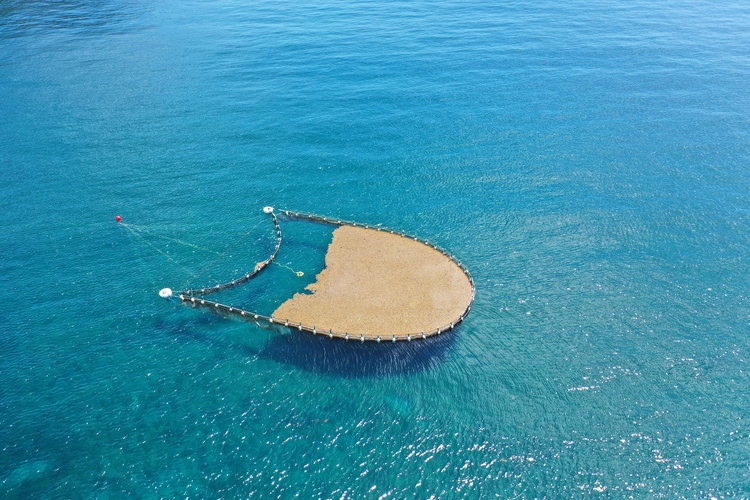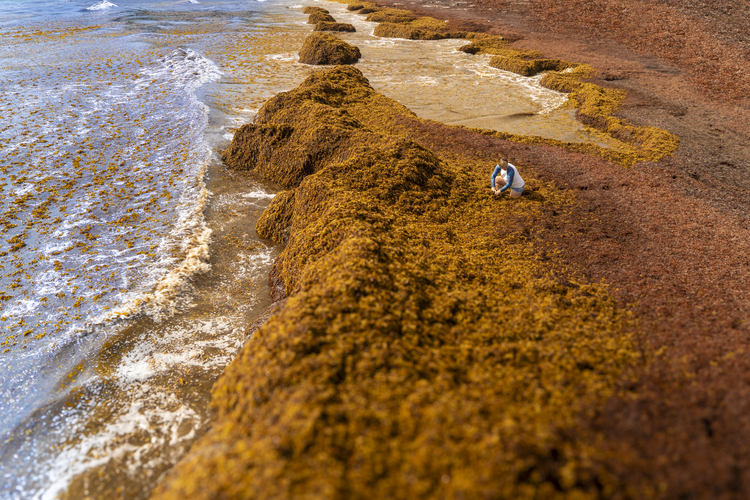
Breakthrough technology can turn a multi-million-tonne seaweed crisis in the Caribbean into a profitable industry
By
In the Caribbean, seaweed poses a problem. Millions of tonnes of a specific type – known as Sargassum – inundates coastlines across the entire region, choking ecosystems, devastating tourism and harming fishing industries.
However, Seafields – the world’s first Sargasssum seaweed management and farming company – has launched a campaign to turn the tide on the situation.
Enjoying this article? Check out our related reads:
Through barriers and paddocks, Seafields’ SeaClear platform intercepts Sargassum before it reaches shore, storing it in water paddocks. This allows it to be kept fresh before being processed into industrial feedstocks for products including sustainable packaging, skincare, bioplastics, and biochar.
These paddocks have significant production capacity – for example a a 60-paddock farm over 10 years produces 482,591 litres of biostimulant annually.

At full deployment, Seafields’ model could remove up to 42 gigatonnes of CO2 from the atmosphere while simultaneously opening a multi-billion-dollar market for sustainable bio-feedstocks.
Through a combination of operating their own farms and licensing, Seafields are expected to create over 100 farms in the Caribbean region, solving the Sargassum issue in the central Atlantic.
So far, more than 140 investors have collectively raised £167,000 in the company’s second crowdfunding campaign, contributing to a total pot of £2.9 million.
Currently, the company is working with Caribbean resorts and has signed a letter of intent with a leading international cannabis seed bank, to supply a natural plant growth enhancer derived from sustainably sourced Sargassum.
‘As far as we know we are the only seaweed farming business from any seaweed species that can take a problematic seaweed bloom and preserve its freshness year-round in our unique Algaeponix paddocks,’ said CEO of Seafields John Auckland continues.



